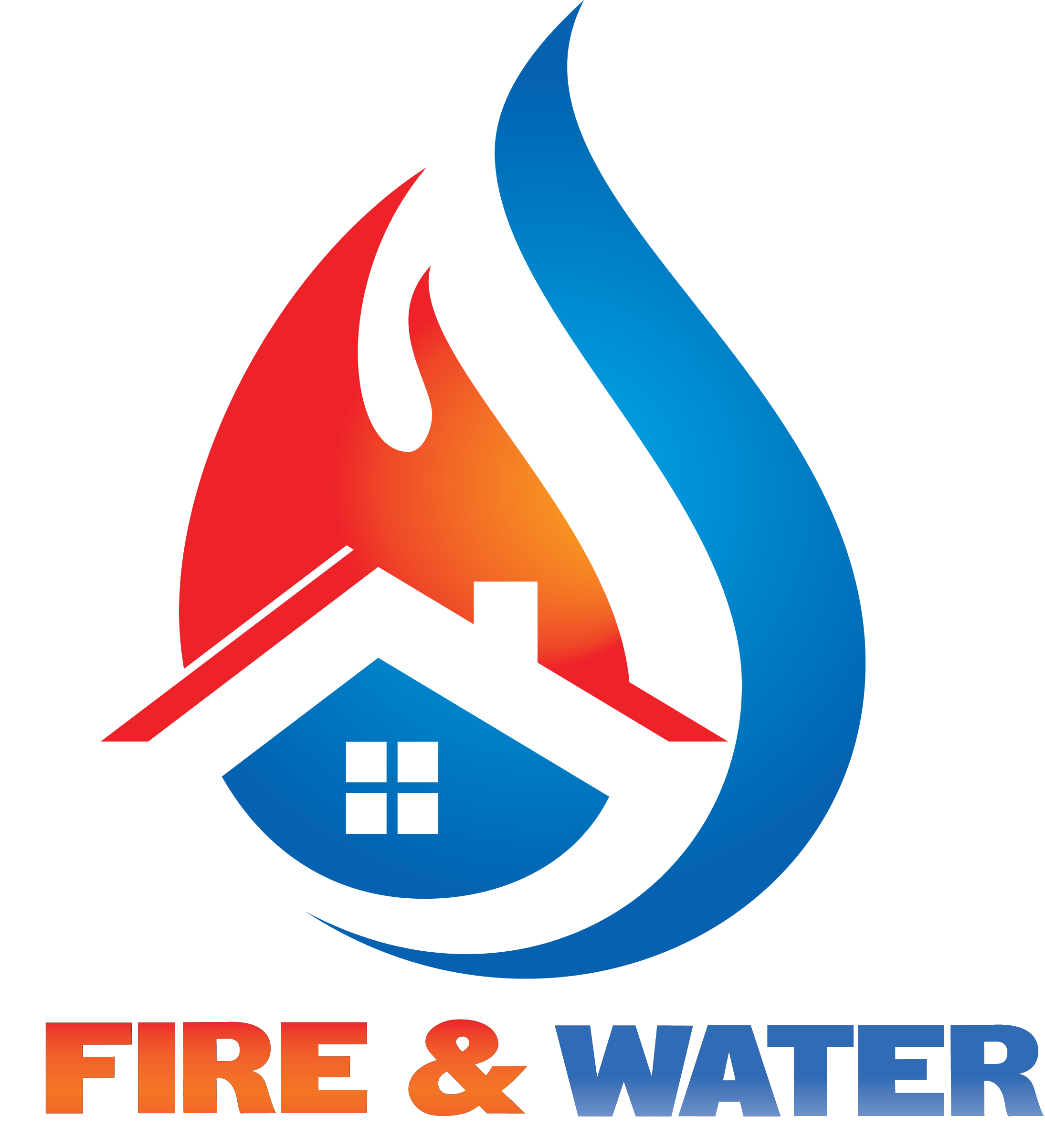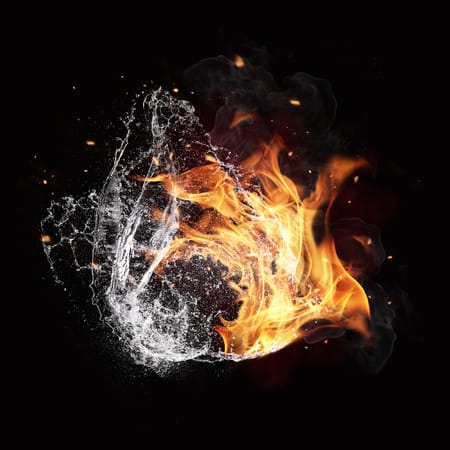Dry Star Restoration - Questions
Dry Star Restoration - Questions
Blog Article
The Best Strategy To Use For Dry Star Restoration
Table of ContentsA Biased View of Dry Star RestorationThe Basic Principles Of Dry Star Restoration Dry Star Restoration Can Be Fun For EveryoneIndicators on Dry Star Restoration You Should KnowThe Basic Principles Of Dry Star Restoration
Within minutes, the kitchen was ablaze, triggering substantial damage and requiring months of repair job. Particularly in winter, home heating systems are a common fire threat. Defective circuitry or placing heating units too near to combustible materials like drapes can ignite a fire. Always maintain heating systems far from anything that can shed and evaluate them routinely.
Products like electric motor oil or cleaning liquids can spark under certain conditions. Constantly shop these things effectively and far from warmth resources. restoration company near me. Statistics: According to the National Fire Security Organization, household chemicals are accountable for a significant portion of home fires annually. By knowing these typical causes, you can take steps to make your home safer.
Dry Star Restoration Things To Know Before You Get This

Mold can trigger wellness issues and further damage to your residential or commercial property. Structural Weakening: Water can damage wood structures and cause metal components to corrosion, making your home risky.
It's essential to attend to all these elements to completely recover your home. Next off, we will study the actions involved in the fire damage remediation procedure. Fire restoration is the process of cleaning, repairing, and bring back a residential or commercial property that has actually been damaged by fire. The goal is to return the property to its pre-loss problem, indicating it looks and operates as it did prior to the fire.
Some Known Details About Dry Star Restoration
Debris Removal and Demolition: Damaged materials are safely removed, and any dangerous compounds like asbestos are managed suitably. Fire damages incorporates several types of damage to a home: Physical Damages: This consists of charring, blackening, and disintegration of materials directly affected by the fire.
Water Damage: Water utilized to extinguish the fire can result in structural weakening and mold development if not properly managed. Fire reconstruction professionals make use of specialized techniques and equipment to deal with all these types of damages, making certain the building is risk-free and habitable when again. Next, we will certainly dive right into the actions included in the fire damage remediation process.
From modern water removal devices to specialized tools for smoke and residue removal, we have the sources needed to recover your building to its pre-loss condition. Our techniques are designed to be extensive and efficient, minimizing additional damages and speeding up the recuperation procedure. Our group includes certified specialists that are professionals in fire damage reconstruction.
The Dry Star Restoration Ideas
Their expertise makes certain that every task is done right, offering you with tranquility of mind throughout a challenging time. We're here to aid you recover your home and your life after the fire.
(http://prsync.com/dry-star-restoration/)If there's a fire, smoke makes certain to follow. While the fire's smoke is made up of components that make your home risky to be in, the damages smoke leaves behind doesn't stop there. Smoke will certainly float to apparently every part of your home, staying with furnishings, design, curtains, walls, ceilings, floorings, and extra.
The water will certainly saturate into the charred materials and spread to various other locations of the home unaffected by the fire. If left untreated or missed during fire damage remediation, the water damage will only intensify with time and can result in mold growth, safety and security problems for your home's framework, and unattractive appearances around your area, including deformed floor covering, peeling paint, and visible discolorations.
Some Known Questions About Dry Star Restoration.
Water reduction is usually the primary step of the fire, smoke, and water damages restoration process after a damages evaluation has actually been finished. This addresses the water damage head-on and consists of steps to avoid further problems for your area prior to, throughout, and after repair. Examination and damage control to examine the level of water damageIsolation of water damage to affected locations to forbid water from spreading out to completely dry areasInspection of your home's structure for structural stabilityExtraction of any type of standing water from the propertyStructural drying with commercial-grade equipmentSite cleanup that will certainly get rid of away debris, pack out salvageable web content for repair, and give way for restoration servicesWe'll also finish additional damage mitigation by boarding up damaged home windows and doors, applying tarpaulins to holes in roof coverings, and completing other steps to avoid extra damage and hazards to your home while the repair services are taking location.
A lot of terms and descriptions used by water and fire damages remediation contractors are relatively obvious. Nevertheless, the listing of terms below should be helpful when you're connecting with the firm you've employed. my company Any type of activity taken to protect against the development and dispersing of fungus, mold, mildew, and spores. This can consist of making use of solvents or chemicals as ingredients or barriers on building materials to stop fungi development.
Report this page